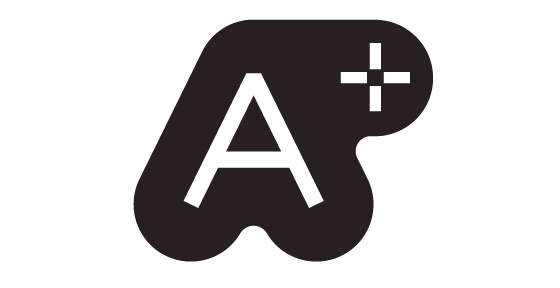Your Custom Text Here
How do I prepare people who will join me in design research fieldwork?
I encourage stakeholders in my UX projects to join me in the field when I perform user research: first-hand involvement promotes collaboration and empathy that isn’t possible from reading a report.
I consider any person who joins me in the field during user research a fieldwork team member (referred to as FTMs later in this article). Each FTM typically has a goal, a role, and some have a set of responsibilities. Regardless of the FTM’s experience, I review a mental checklist to ensure I’ve prepared the stakeholder for his or her involvement. The checklist below represents some of the questions I consider when I involve any FTMs.
Ethics & Legal: Are FTMs aware of all the legal requirements to which they are accountable? Have we collected signed legal agreements which required for compliance?
Code of Conduct: Is a code of conduct documented and shared among the FTMs?
Basic Definitions: Do all of the FTMs share a layman’s definition of the fundamental terms we will use in the field? Some typical phrases include
Observation vs. Interpretation
Causation vs. correlation
One vs. all vs. some participants
User vs. customer vs. participant
Advanced Terms: Are there any domain-specific terms or acronyms the FTMs should know?
Team Roles: Have we reviewed the documented goals, roles and responsibilities each FTMs? Has each FTM confirmed he or she understands the document?
Unique needs: Have we decided how we will accommodate any unique needs the FTMs may have, such as specific scheduling challenges?
Research program goals: Have we reviewed the documented goals, objectives, and scope of the program?
FTM familiarity with methods: Have all of the FTMs observed at least one of the pilot session? If not, have those FTMs read the entire interview guide at least once? Who among the FTMs can answer methodology questions if the research lead is preoccupied?
Communicating Rationale: Has the research lead documented and explained the rationale behind the research program’s design?
Communicating Limitations: Has the lead documented and shared the limitations of the research program with FTMs?
Data Capture Method: Has the research lead clarified how data will be captured and recorded? Has every FTM practiced taking notes in this format before their observing their first session?
Analysis: Has the research lead shared the schedule for analyzing data, including when and how FTMs will be involved in the analysis?
Do you have any additional mental checklists when inviting stakeholders to research sessions? If so, please share them in the comments section below.
